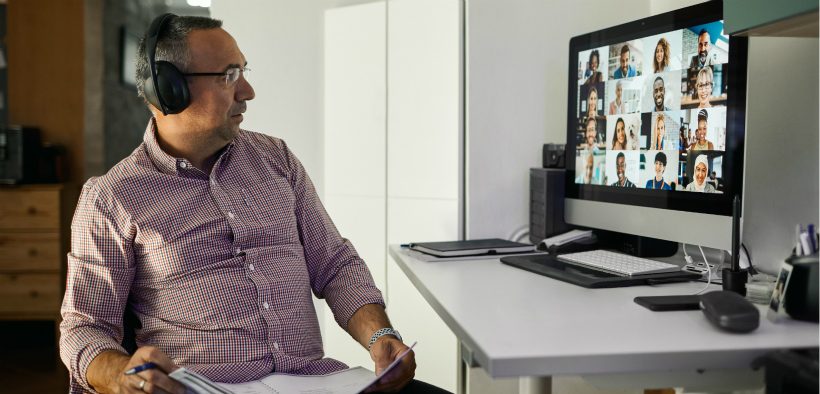The LMS discussion forum was once the only real option for hosting discussion in an online course. But today there are a variety of options, from videoconferencing to social media to online post-it boards. The choices can leave faculty perplexed as to which to use. Here I examine different discussion formats so that you can choose the right one for your purposes.
Different Online Discussion Formats for Different Purposes

Related Articles
I have two loves: teaching and learning. Although I love them for different reasons, I’ve been passionate about...
Active learning is a mostly meaningless educational buzzword. It’s a feel-good, intuitively popular term that indicates concern for...
Perhaps the earliest introduction a student has with a course is the syllabus as it’s generally the first...
Generative AI allows instructors to create interactive, self-directed review activities for their courses. The beauty of these activities...
I’ve often felt that a teacher’s life is suspended, Janus-like, between past experiences and future hopes; it’s only...
I teach first-year writing at a small liberal arts college, and on the first day of class, I...
Proponents of rubrics champion them as a means of ensuring consistency in grading, not only between students within...







